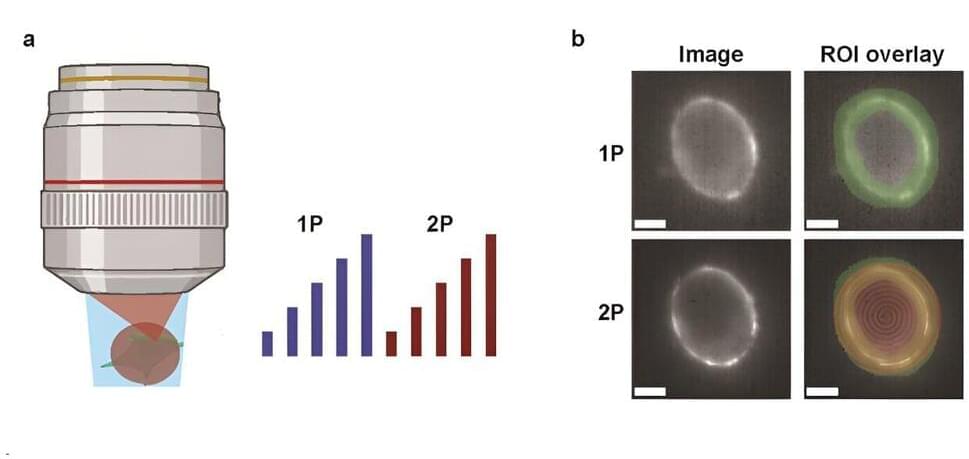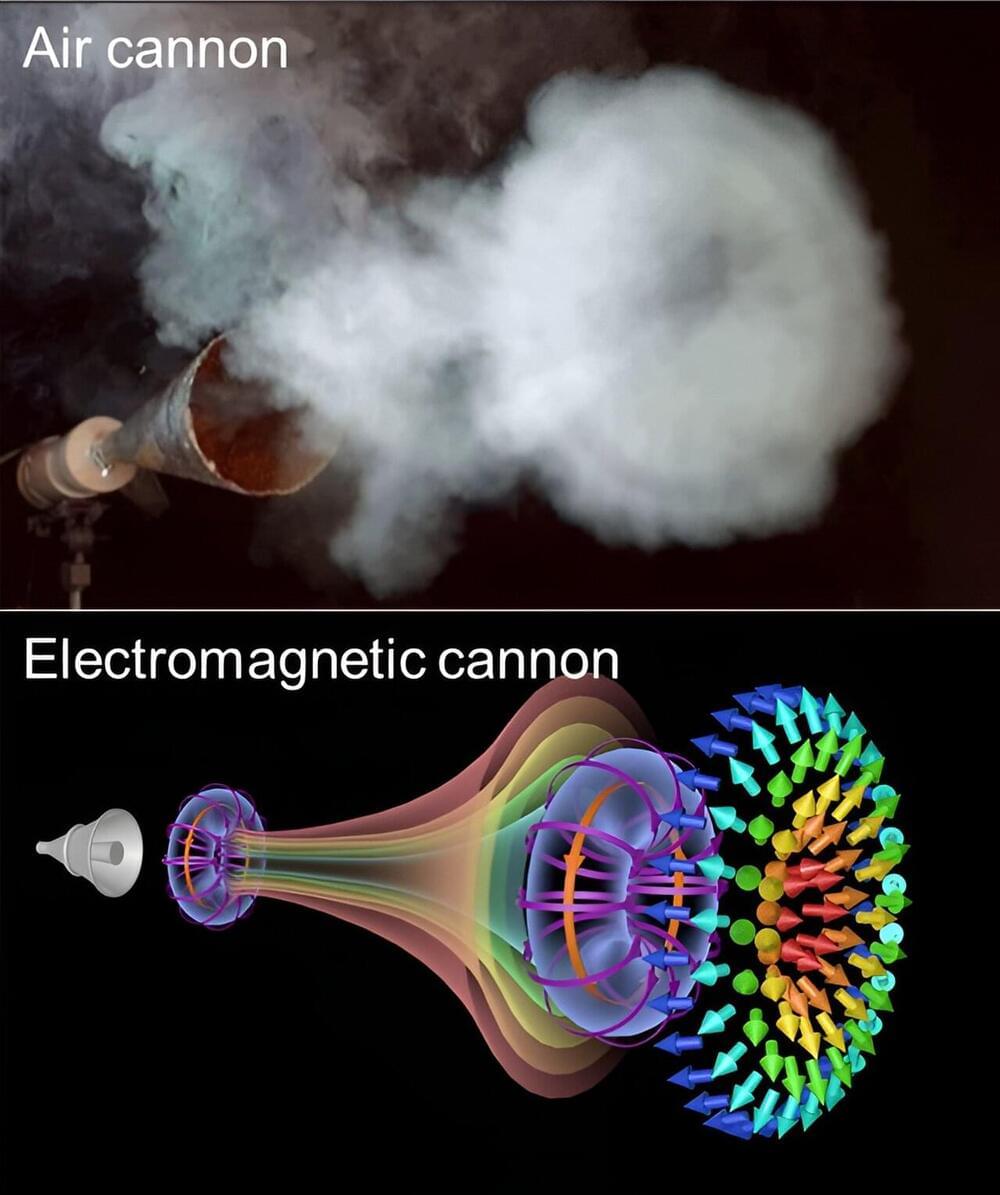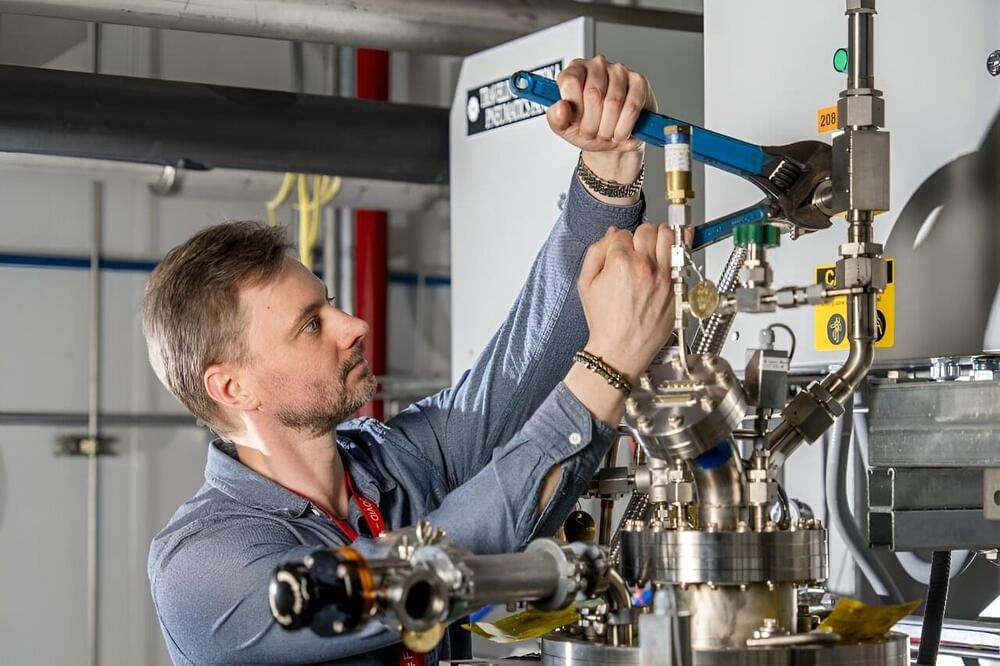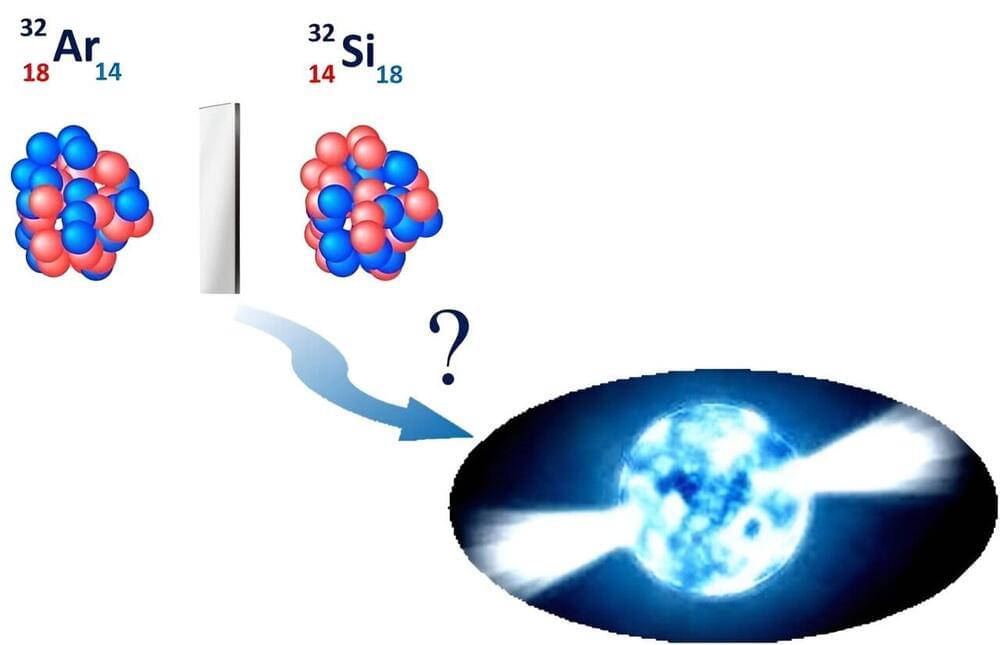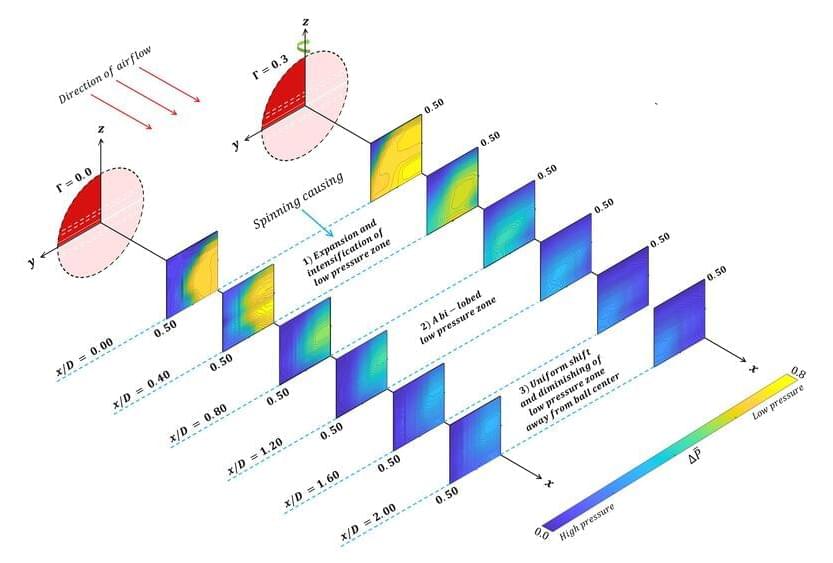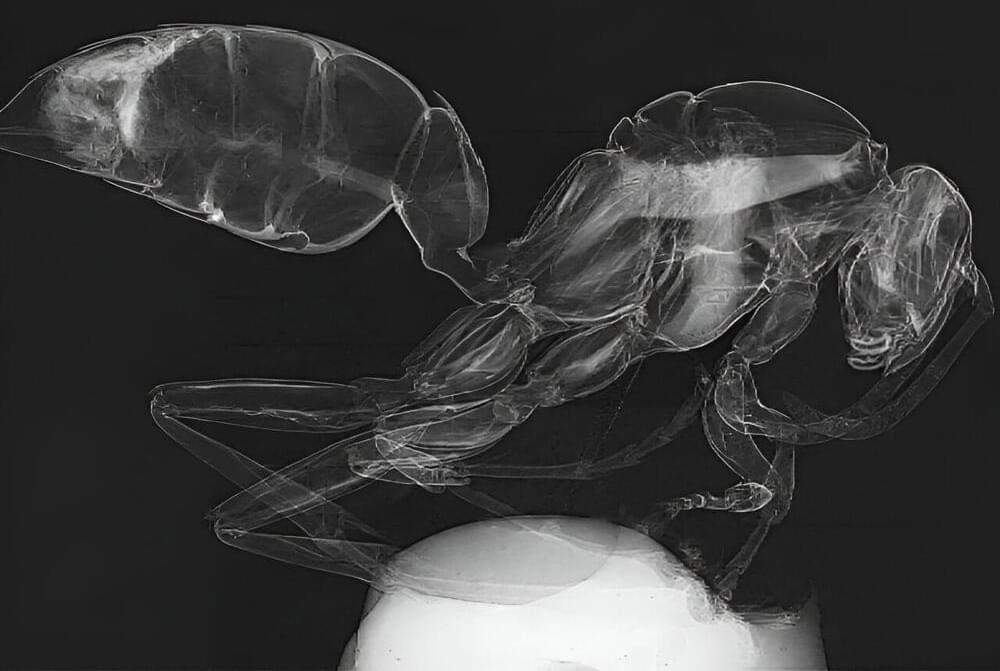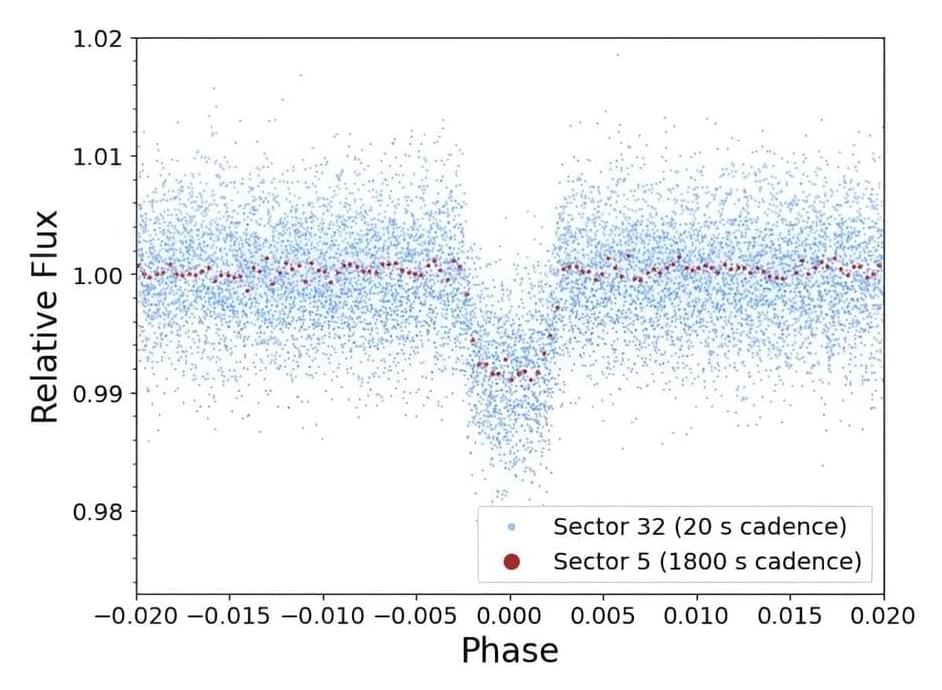In the quest to unravel the complexities of neural circuits, scientists are beginning to use genetically encoded voltage indicators (GEVIs) to visualize electrical activity in the brain. These indicators are crucial for understanding how neurons communicate and process information. However, the effectiveness of one-photon (1P) versus two-photon (2P) voltage imaging has remained a topic of debate. A recent study by researchers at Harvard University sheds light on the relative merits and limitations of these two imaging techniques, providing valuable insights for the scientific community.
Vortex rings, a mysterious and fascinating natural phenomenon, display breathtaking structures and behaviors in both air and electromagnetic waves. Imagine an air cannon that can shoot vortex rings, creating a perfect air vortex that travels gracefully through the air as if an invisible hand is sketching an elegant curve in the sky. This vortex phenomenon is not just a spectacle of physics but a masterpiece of nature.
Due to its excellent material properties and its adaptability to gallium nitride (GaN), AlYN has enormous potential for use in energy-efficient high-frequency and high-performance electronics for information and communications technology.
Aluminum yttrium nitride (AlYN) has attracted the interest of many research groups around the world due to its outstanding material properties. However, the growth of the material has been a major challenge. Until now, AlYN could only be deposited by magnetron sputtering.
Researchers at the Fraunhofer Institute for Applied Solid State Physics IAF have now succeeded in fabricating the new material using metal-organic chemical vapor deposition (MOCVD) technology, thus enabling the development of new, diverse applications.
Construction workers have finished the excavation of the huge caverns that will house the international Deep Underground Neutrino Experiment. While engineers and technicians are preparing for the installation of the gigantic neutrino detectors into these caverns a mile underground, scientists around the world are working to optimize DUNE’s particle detector technology.
Adding or removing neutrons from an atomic nucleus leads to changes in the size of the nucleus. This in turn causes tiny changes in the energy levels of the atom’s electrons, known as isotope shifts. Scientists can use precision measurements of these energy shifts to measure the radius of the nucleus of an isotope.
Light technology is at the heart of many cutting-edge innovations, from high-speed internet to advanced medical imaging. However, transmitting light through challenging environments, such as turbulent atmospheres or deformed optical systems, has always posed a significant hurdle. These complexities can distort and disrupt the light field, making it difficult to achieve clear and reliable results. Scientists have long sought ways to overcome these limitations, and a new breakthrough may hold the key to advancing practical applications.
Key to winning a cricket match is tricking the other team’s batters—no small feat, as bowlers bowl cricket balls nearly 100 miles per hour. In recent years, a bowling technique that has become popular involves keeping the arm almost entirely horizontal during delivery, notably used by Sri Lankan stars Lasith Malinga and Matheesha Pathirana. The aerodynamics of such deliveries have perplexed sports physicists.
Researchers at the University of Houston unveiled an advancement in X-ray imaging technology that could provide significant improvements in medical diagnostics, materials and industrial imaging, transportation security and other applications.
An international team of astronomers has reported the discovery of a new brown dwarf, which received designation TOI-2490 b. The newfound object is about 74 times more massive than Jupiter and orbits a sun-like star on a highly eccentric orbit. The finding was detailed in a paper published August 8 on the pre-print server arXiv.
Follow Closer To Truth on X (Twitter) for news, articles, and updates, plus connect with other viewers: https://shorturl.at/imHY9
That the universe began seems astonishing. What brought it about? What forces were involved? How did the laws of nature generate the vast expanse of billions of galaxies of billions of stars and planets in the structures that we see today? What new physics was involved? What more must we learn?
Get exclusive member benefits with a free Closer To Truth account: https://closertotruth.com/
Alexander Vilenkin is the Leonard and Jane Bernstein Professor and Director of the Institute of Cosmology at Tufts University. A theoretical physicist who has been working in the field of cosmology for 35 years, Vilenkin has written over 150 papers and is responsible for introducing the ideas of eternal inflation and quantum creation of the universe from nothing. His work in cosmic strings has been pivotal.
Watch more videos on cosmic beginnings: https://shorturl.at/KUTsE
Closer To Truth, hosted by Robert Lawrence Kuhn and directed by Peter Getzels, presents the world’s greatest thinkers exploring humanity’s deepest questions. Discover fundamental issues of existence. Engage new and diverse ways of thinking. Appreciate intense debates. Share your own opinions. Seek your own answers.
